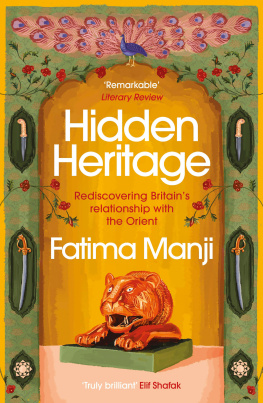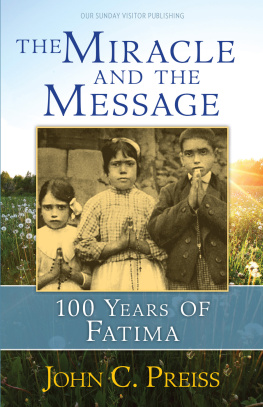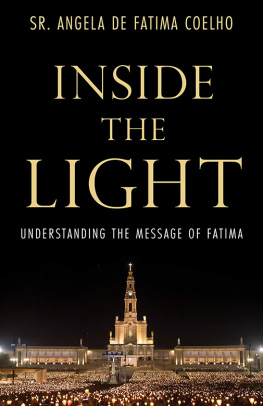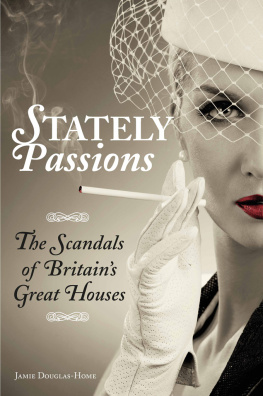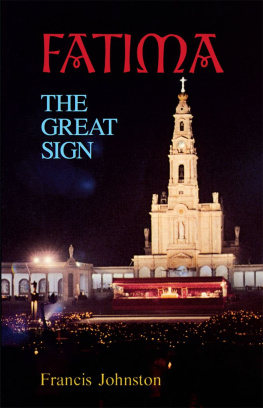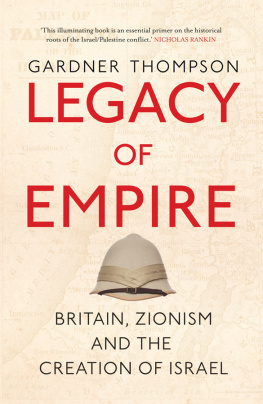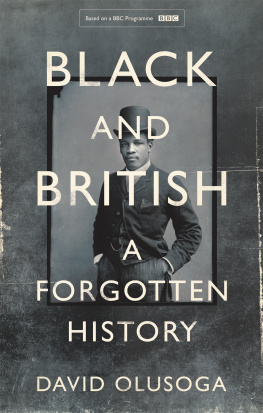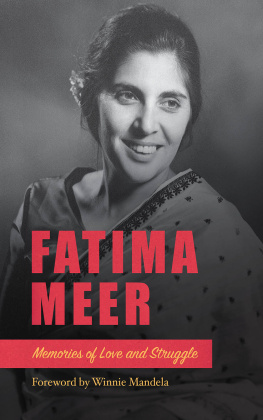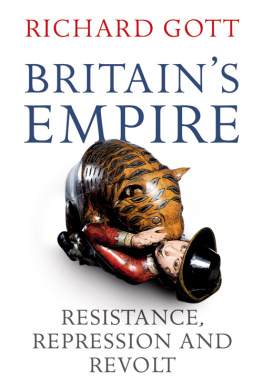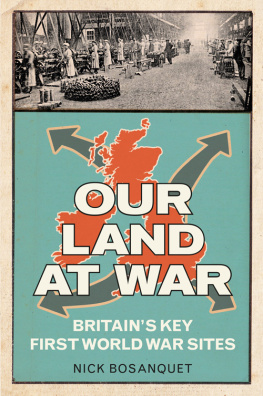Fatima Manji
HIDDEN HERITAGE
Rediscovering Britains Relationship with the Orient

VINTAGE
UK | USA | Canada | Ireland | Australia
New Zealand | India | South Africa
Vintage is part of the Penguin Random House group of companies whose addresses can be found at global.penguinrandomhouse.com.

First published in Vintage in 2022
First published in hardback by Chatto & Windus in 2021
Copyright Fatima Manji, 2021
The moral right of the author has been asserted
Cover Illustration Namrata Kumar
Cover Design by Kishan Rajani
ISBN: 978-1-473-56624-8
This ebook is copyright material and must not be copied, reproduced, transferred, distributed, leased, licensed or publicly performed or used in any way except as specifically permitted in writing by the publishers, as allowed under the terms and conditions under which it was purchased or as strictly permitted by applicable copyright law. Any unauthorized distribution or use of this text may be a direct infringement of the authors and publishers rights and those responsible may be liable in law accordingly.
For the little explorers who traverse our galleries, museums and heritage sites wondering where their own story fits in
how strangely the East has come to the West in these times of upheaval.
Brighton Herald
28 August 1915
Introduction
H AVE YOU BEEN to a stately home lately? Despite the unique history of each building, it often seems like there is a rhythm to these visits. Walk through the hallways to see portraits of a lionised landed family with their porcelain skins and a compulsory display of European art, collected by a son on the Grand Tour. Admire the architecture; allow yourself to be amused by the story of a rogue uncle or scorned lover; and end your trip with tea and a scone. If you are interested in interior design, there is inspiration enough in the coving and the sconces; the gardens often prove delightful; and lovers of art will find enough to impress them. But beyond the twee trappings, Britains heritage sites are home to a hidden history.
Every so often, strolling through marbled halls on my own such trips, I would encounter a familiar swirl of Arabic, Persian or Urdu letters, or the brown hue of a sitters skin in a portrait. In these moments, I would excitedly attempt to seek out more information, from an explanatory sign or from the person manning the room or giving tours around the site. Yet what I sought was not always easily found. This did not seem malicious or deliberate. Often the answer was simply that the staff or volunteers did not know much about these objects, and even a frenzied flick through their guidebooks proved unsatisfactory. Each time this happened, I would return home, my mind abuzz with questions: Why was that there? How did it come about? Whats the story behind this object? Who is that person? Why have I never heard about it? Then I would trawl through books, fire off emails and wade through manuscripts to find the answers, and upon finally obtaining more information, I would share these discoveries in delight with friends: Did you know there was once a mosque built inside Kew Gardens?An actual mosque?Yes, in the Georgian period!Why have I never heard about that? Thats when I knew it wasnt just me.
After the first few occasions, it became a ritual. I would walk into a gallery or museum, eyes already narrowed, seeking out that unusual object, searching for the unanswered question. It turned into a treasure hunt. I was pursuing these objects and places out of curiosity but, without knowing it, also perhaps using them to find a sense of belonging in my own country. In some strange way, because of my connections through language, culture or religion to these objects, it was like a part of me could be found here. The heritage in these places now felt more mine. Ours. I felt a compulsion to share the excitement and the evidence with others, because this was not just a personal adventure. It is proof of a more complex story one that has implications for who we believe has the right to comment on Britains history and identity.
Britain seems to suffer from historical amnesia. The popular national imagination often pictures no person of colour to have set foot on these isles before the arrival of Caribbean migrants on board the Empire Windrush in 1948, with South Asians following them in the 1950s and 1960s. In this telling of British history, people of colour are cast only as recent immigrants grateful guests required to integrate into the preordained British way of life. This version of history would have us believe two world wars were fought only by young white men from Europe. It produces narrow period dramas in television and film, wrongly supposing that there are no interactions with the rest of the world to depict, no significant stories of people of colour in Britain to reflect and no debts owed cultural or otherwise.
Yet hidden away in heritage sites in stately homes, museums and galleries, the temples of Britishness I was finding clues to suggest otherwise. Objects and places that were revealing rarely told histories and, simultaneously, had something to say about our current divisions, at a time when Britain is reshaping its role in the world and debates abound over the legacy of Empire, the role of immigration and what Britain or Britishness is. But despite the abundance of polemic, a thoughtful interrogation of Britishness through the lens of cultural heritage is rare. In conversations around immigration, race and Islam in particular, dehumanising language has become the norm. As a journalist, I often witness first-hand a news narrative dictated by underlying assumptions that are racist and Islamophobic, perpetuated even by those who regard themselves as gatekeepers of civility. It is time to have a more thoughtful conversation about culture and heritage. Currently, stories from Britains heritage buildings are told by a narrow set of people. Some of the objects illuminated in this book are only ever presented as the rewards of brave colonial conquest, while others are ignored altogether.
All the objects and places described in this book are derived from or inspired by the Orient. Though the term Orient has become unfashionable, I have deliberately chosen it in full knowledge of the connotations. Geographically it encompasses West Asia (described through the British imperial gaze as the Middle East) and South Asia. Much of this region was, in some important ways, culturally contiguous for centuries until the fall of the Ottoman Empire. Using only contemporary labels for countries or regions ignores how they were interconnected and influenced each other. For instance, in the Victorian period, a pair of wood carvers from modern-day Pakistan (then India) were inspired by elements of North African architecture, and they used these inspirations to decorate an object due to be displayed in London; they then signed their names in Persian calligraphy. Only the word Orient captures the multitude of influences here. It was also the term commonly used during the periods when the objects and places in this book were acquired or built.
I am aware too that, while this book calls for a more complex and accurate understanding of British history and identity, to refer to the Orient today is to invite charges of flattening the history of West and South Asia. But to use the term Orient is not necessarily to engage in orientalism the practice of caricaturing people and cultures across West and South Asia as all possessing the same essential characteristics and then using such caricatures to dominate, oppress and subjugate them.

